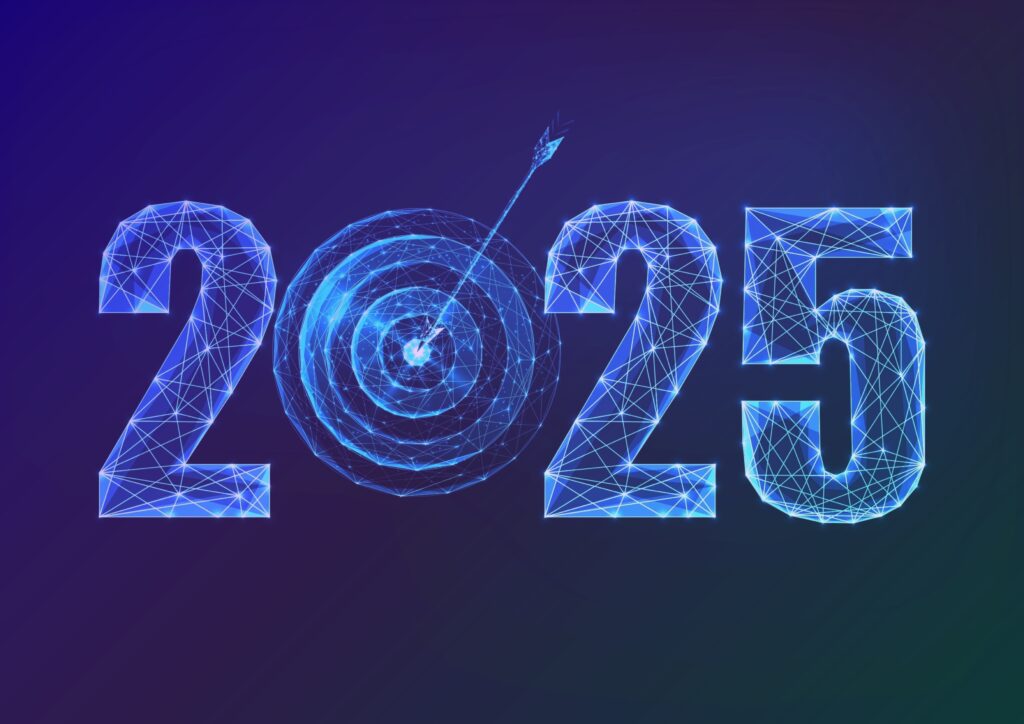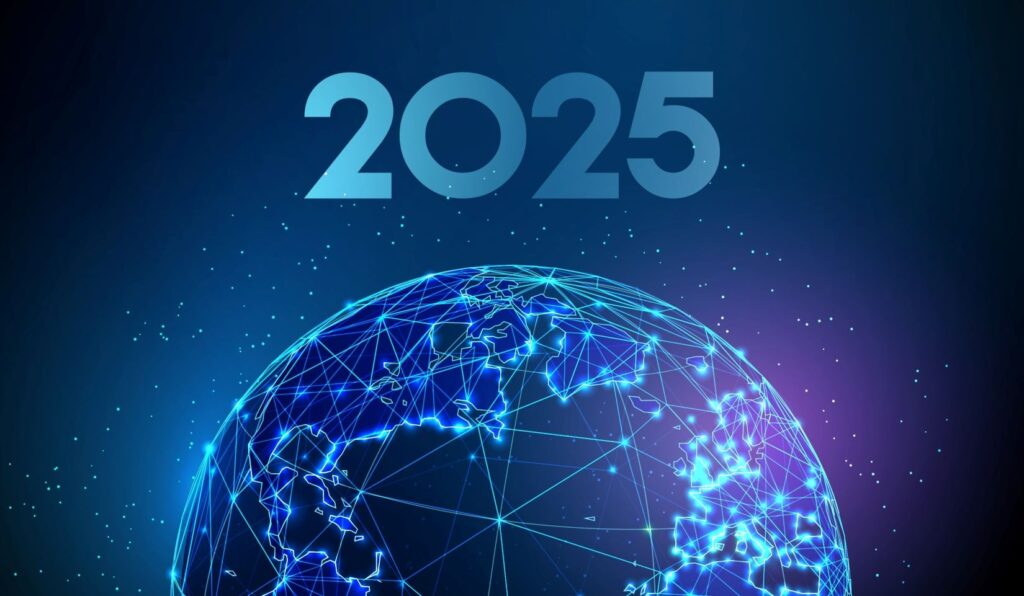Together we are stronger, goes the popular saying, and it’s true of the powerful association between ITIM and DEM. This blog post looks at the added value to digital performance and business observability brought by combining IT infrastructure monitoring (ITIM) and digital experience monitoring (DEM) and provides some insights on typical ITIM and DEM indicators.
Understanding performance inside out
IT Infrastructure Monitoring (ITIM) and Digital Experience Monitoring (DEM) follow a common goal: improving IT service and user experience, each with their own perspective. Associating the two adds clear value in managing an organization’s digital performance. While ITIM provides a view of the performance and health of the organization’s IT infrastructure including networks, servers, and databases, DEM focuses on the end-user experience by monitoring real-time interactions with applications and services. Combining them means you’re getting a complete understanding of digital performance, from its origin (the infrastructure) up to its final vehicle (the user).
ITIM highlights potential technical issues before they can impact your IT services significantly. By coupling this with DEM, you can understand how these issues could affect the end-user experience. This combination allows you to proactively detect and address problems before they negatively impact the user experience.
When an issue occurs, understanding whether the root cause is within the infrastructure or due to poor user experience can be challenging. Combining ITIM and DEM helps you pinpoint issues accurately, enabling faster resolution times.
Do you know what performance issues your employees are facing ? 42% say they deal with performance issues on SaaS on a daily basis that are largely invisible to existing tools. If they are losing 30 min of productivity, you can calculate the impact of degradation across your organization
A user-centric approach to digital performance
ITIM and DEM together enable a deeper understanding of the overall health of IT services. With DEM, IT teams are focused on delivering excellent user experience. By incorporating ITIM with DEM, teams not only understand how infrastructure performance affects the user experience but also make informed decisions about infrastructure investments and improvements that are user-centric. The combined data from ITIM and DEM can be used for capacity planning, resource allocation, and optimization efforts. It can help identify where investments should be made to improve user experience and optimize IT resource usage.
Coupling ITIM and DEM, you can measure the effectiveness of your IT services and infrastructure in terms of their impact on the end-user experience. This can lead to better alignment of IT with business objectives, improved service delivery, and better decision-making.
Typical ITIM and DEM KPIs—a closer look
While ITIM KPIs are focused on the operation and performance of the IT infrastructure itself, aka the devices, DEM KPIs are user-centric, aiming to evaluate and improve the end-user experience. Both are important for maintaining high-performing, user-friendly digital systems.
Typical ITIM indicators include:
- CPU utilization: Measures how much of a system’s processing power is being used.
Memory utilization: Indicates the amount of physical or virtual memory currently in use. - Disk usage: Tracks the storage capacity consumed.
- Network latency: Measures the time it takes for data to travel across a network.
- Error rates: Tracks the frequency of problems or faults.
- Uptime: Indicates the time a system or component remains operational and available.
While some key DEM indicators typically include:
- Response time: Time it takes for a digital system or application to respond to a user request.
- Availability: Percentage of time a digital system or application is available to users.
- Error rate: Percentage of user requests that result in an error or failure.
- Page load time: Time it takes for a website or web application to load.
- Abandonment rate: Percentage of users who abandon a digital system or application before completing a desired action, such as making a purchase or submitting a form.
- Conversion rate: Percentage of users who complete a desired action, such as making a purchase or submitting a form.
- Click-through rate: Percentage of users who click on a specific link or button within a digital system or application.
- Bounce rate: Percentage of users who leave a website or web application after only visiting a single page.
- Engagement time: Amount of time that users spend interacting with a digital system or application.
ITIM and DEM: Different but correlated
As different as they may seem, ITIM and DEM are in fact greatly correlated. For example, a spike in CPU usage (identified through ITIM) could be linked with slower page load times (identified through DEM). By drawing these connections, teams can better understand root causes and impacts.
ITIM and DEM to enable observability
At the end of the day, ITIM and DEM are the foundation for observability within an organization. They provide a comprehensive view of your system’s performance. They can help identify anomalies before they impact the user experience, allowing teams to act proactively rather than reactively. By feeding DEM and ITIM data into an observability platform, it’s possible to apply context, aiding in identifying trends, troubleshooting issues, and understanding the implications of changes in the system.
How to make ITIM work with DEM
Associating ITIM with DEM is now a simple thing: Centreon now comes with a DEM extension. You can now have this powerful couple work together to monitor your digital performance—from infrastructure to applications, and enable the level of observability your organization needs to move forward.
What is the Centreon DEM Extension?
The Centreon DEM (Digital Experience Monitoring) Extension extends the Centreon monitoring platform to deliver 100% visibility into the digital experience of modern SaaS and cloud applications the way users experience them.
Centreon provides visibility on the infrastructure that supports your applications and connects your users. The Centreon DEM Extension extends this visibility to the applications which are not under your control (SaaS) or when the Internet based networks are used (SD-WAN, Hybrid Networks, DIA-dedicated internet access).
It is providing SD WAN performance monitoring to optimize software defined networking latency and performance visibility with SD WAN overlay and underlay network routing, path and provider visibility. Hence, we can easily identify & track any latency degradation and packet loss on the path.
The DEM Extension offers a more accessible, integrated platform that can scale cost efficiently across your complete infrastructure, while providing the essential end user experience insight that helps you determine if the problem originates from user device/browser, network, or SaaS provider / cloud / host.
Integrated insight across devices, connectivity, cloud infrastructure and applications simplifies performance optimization and troubleshooting so enterprises can deliver an amazing digital experience to their employees and customers.
Would you like to see how ITIM and DEM can work together? Ask us for a demo.
To keep informed about Centreon news or events, subscribe to our monthly newsletter.
To learn more: Download our ebook “Extended visibility, unlock superior digital performance“. This ebook reveals how to stay on track by extending your IT visibility to 3 essential dimensions: beyond traditional cloud and on-premises infrastructure, to every business process, to the experience of every user, customer and employee.















